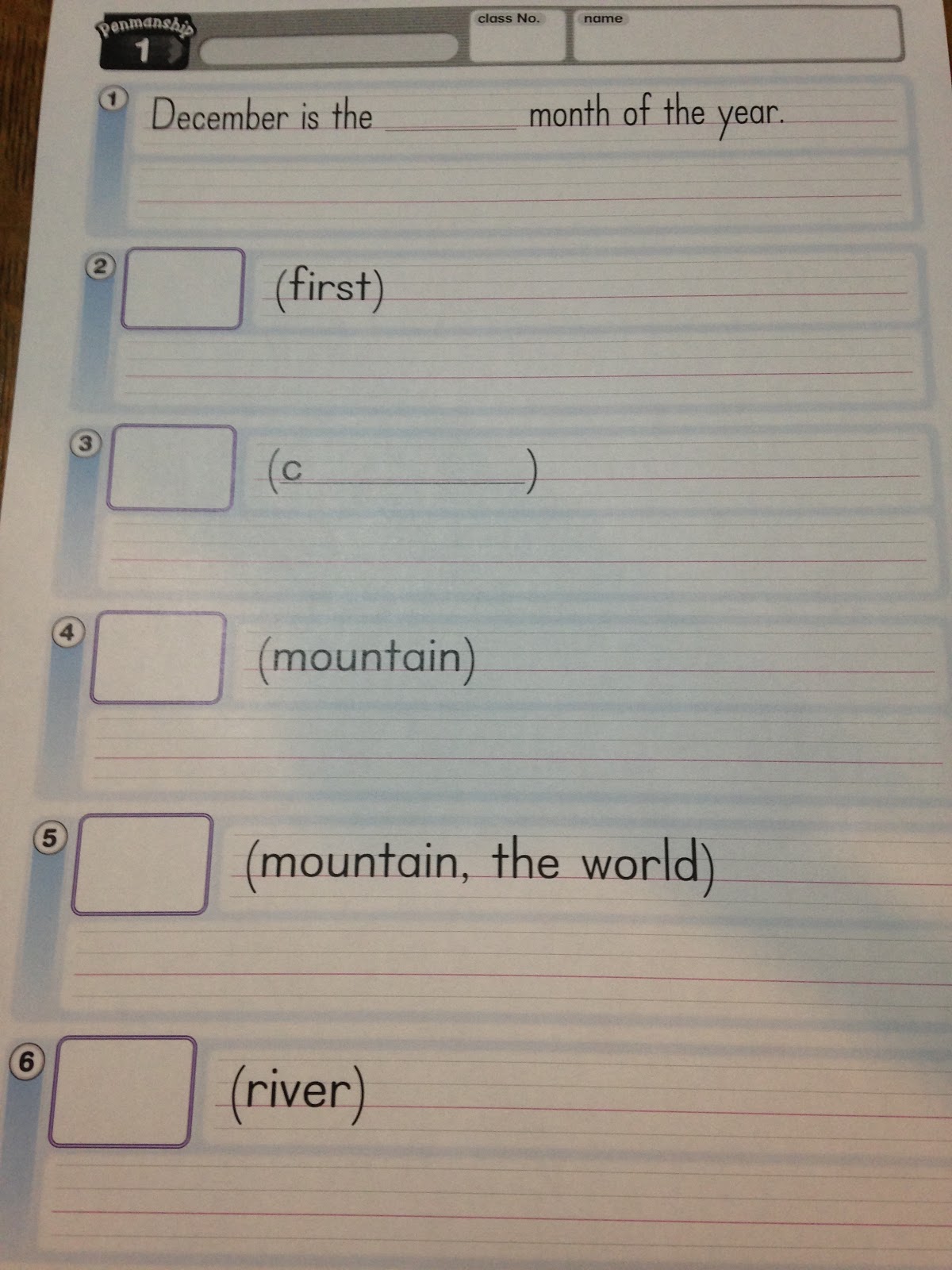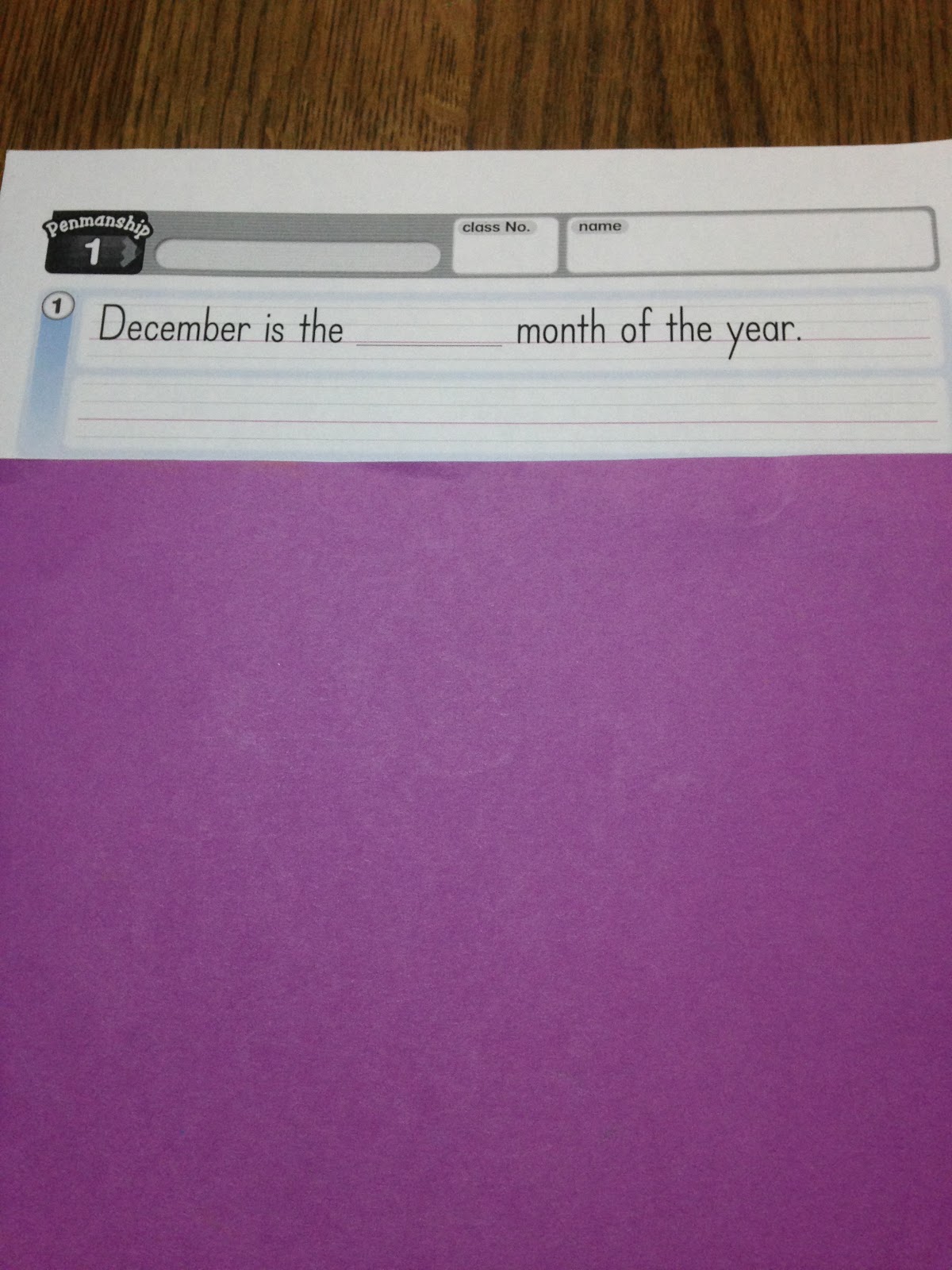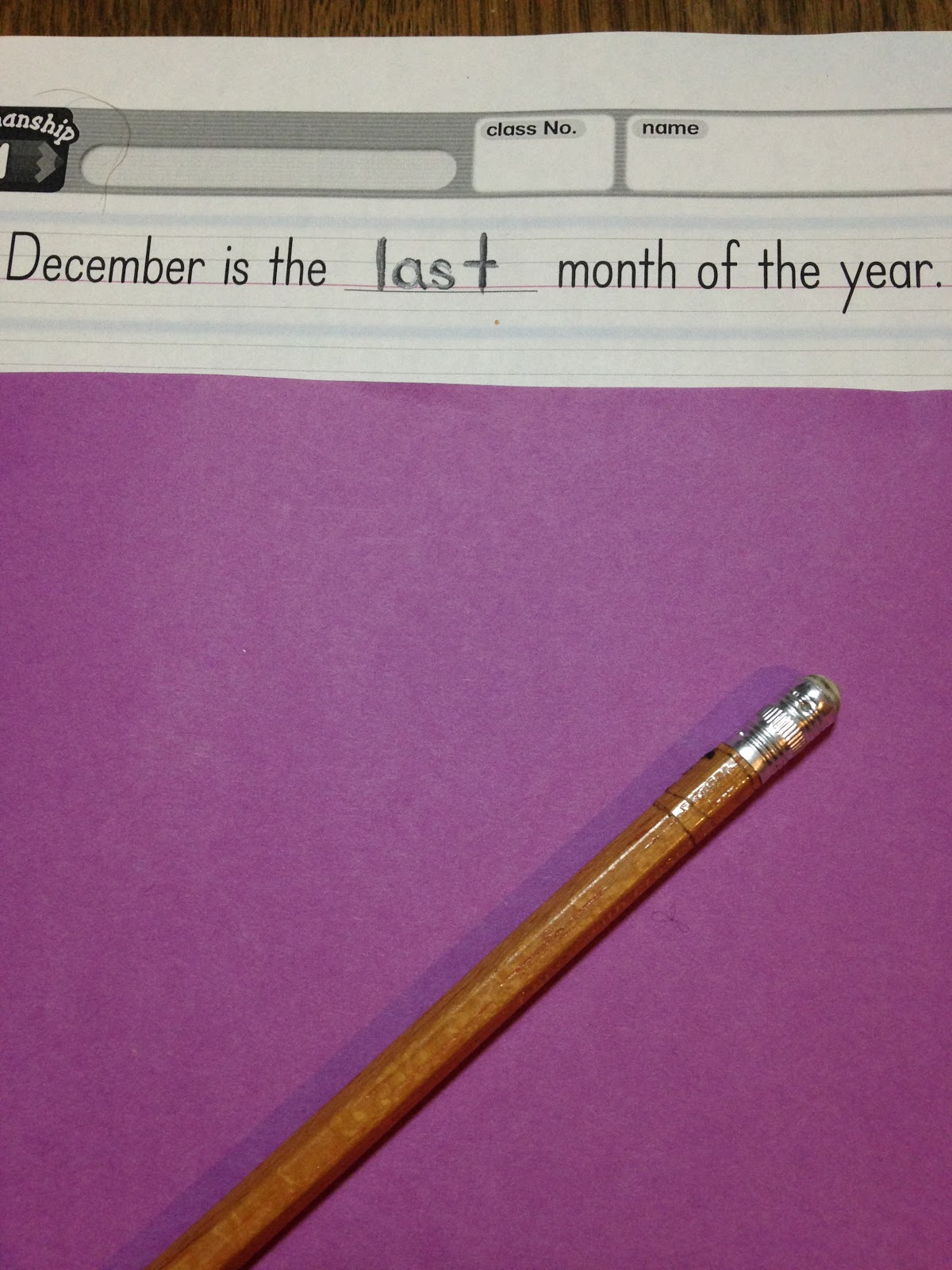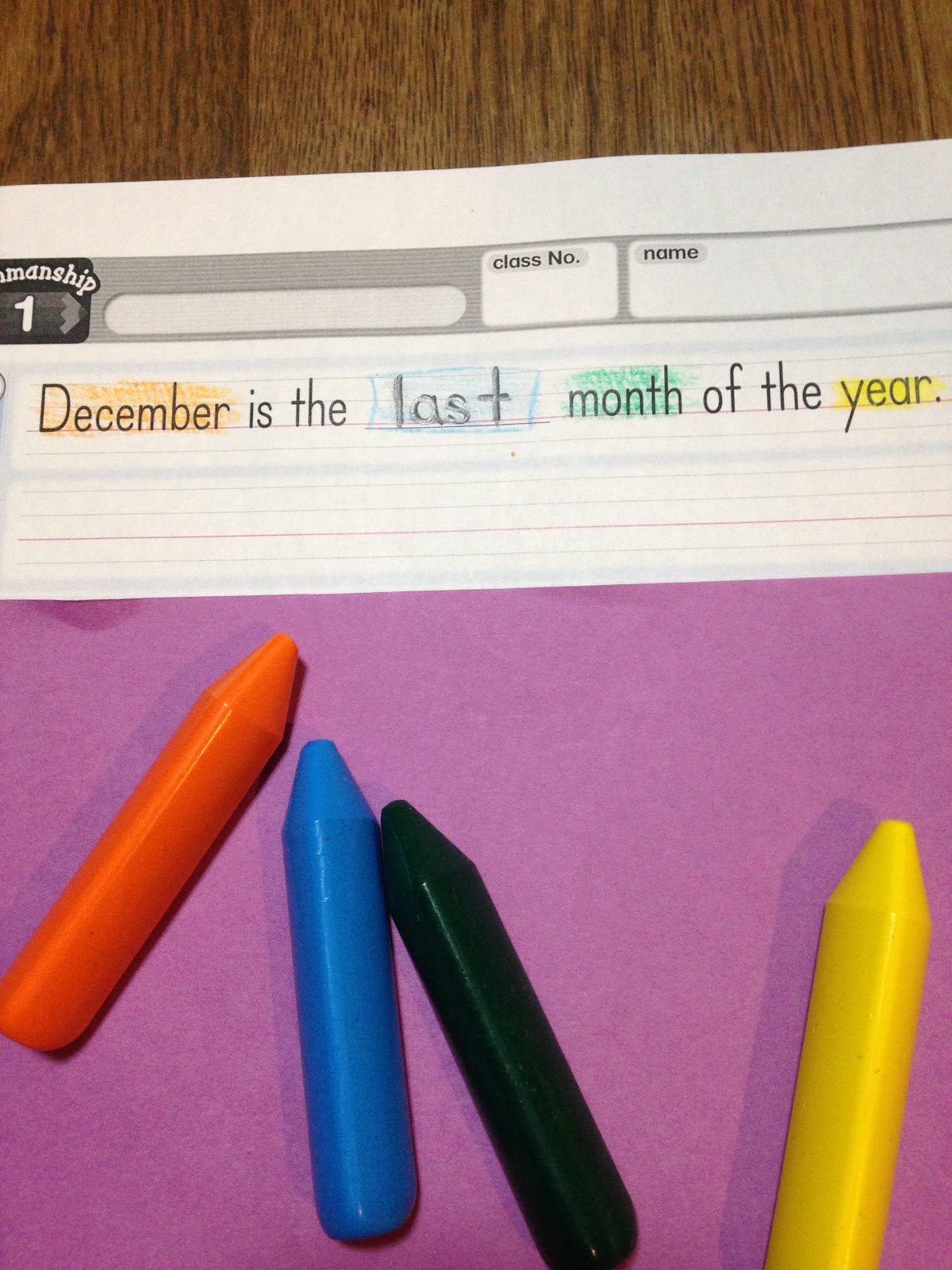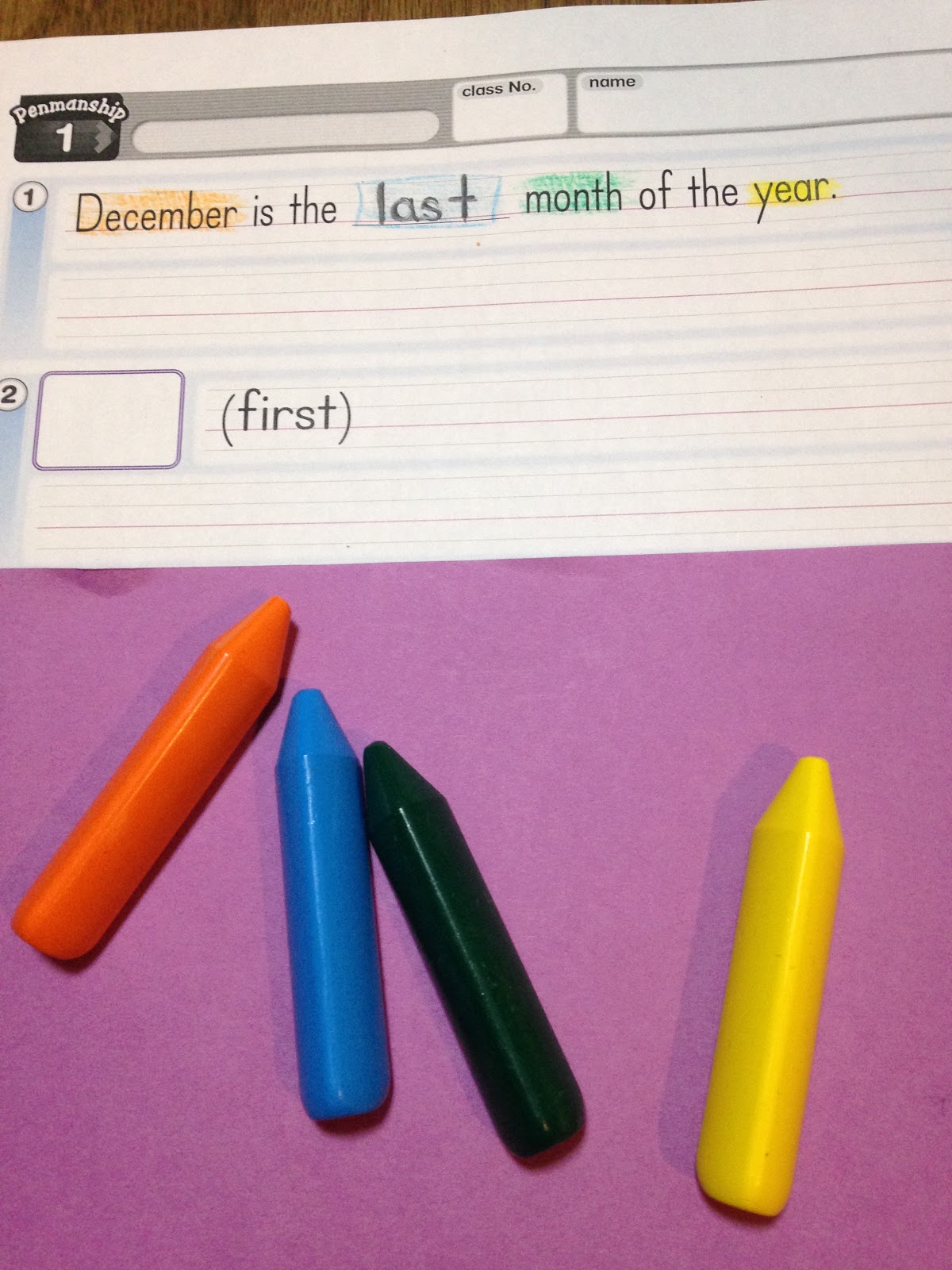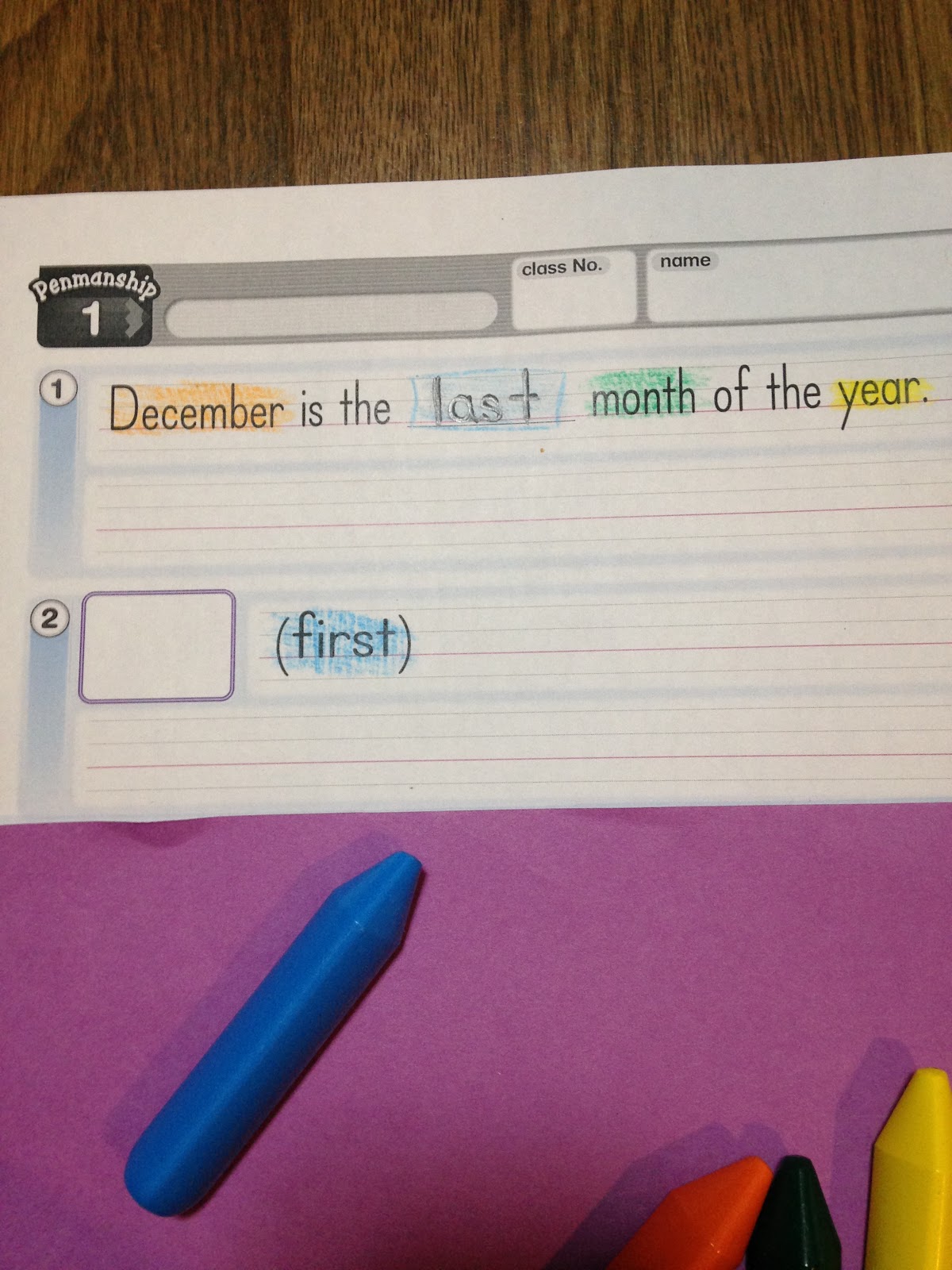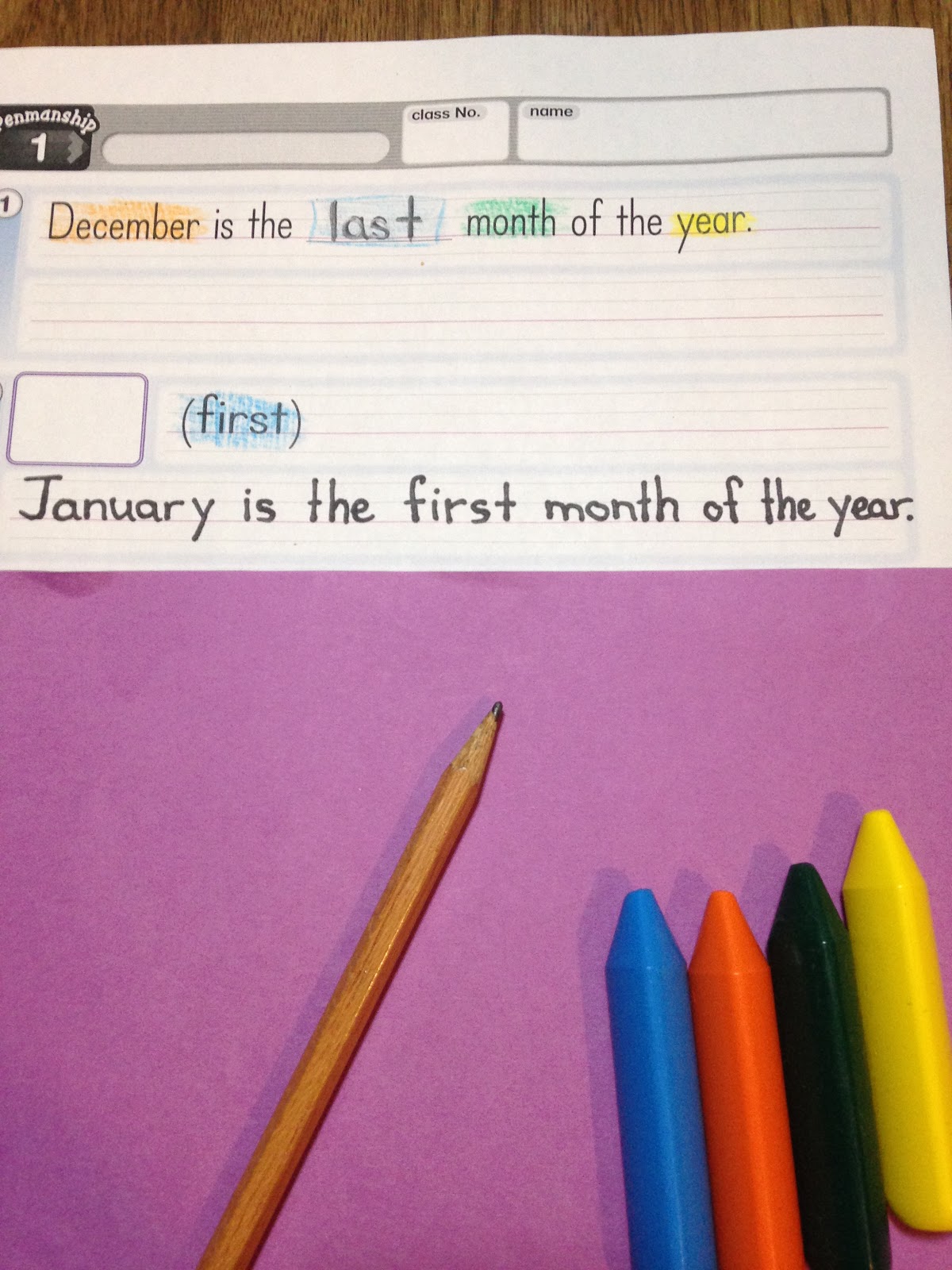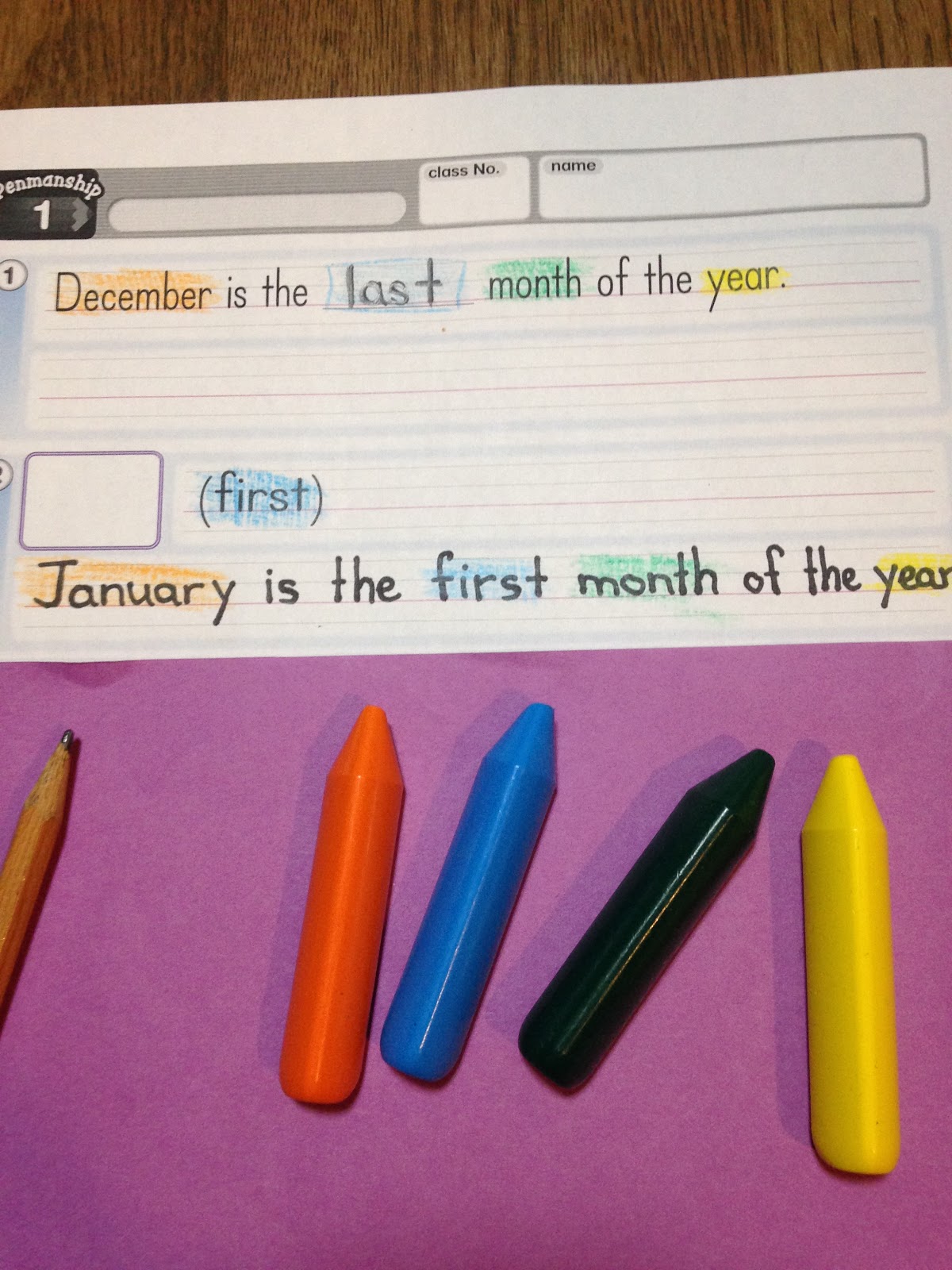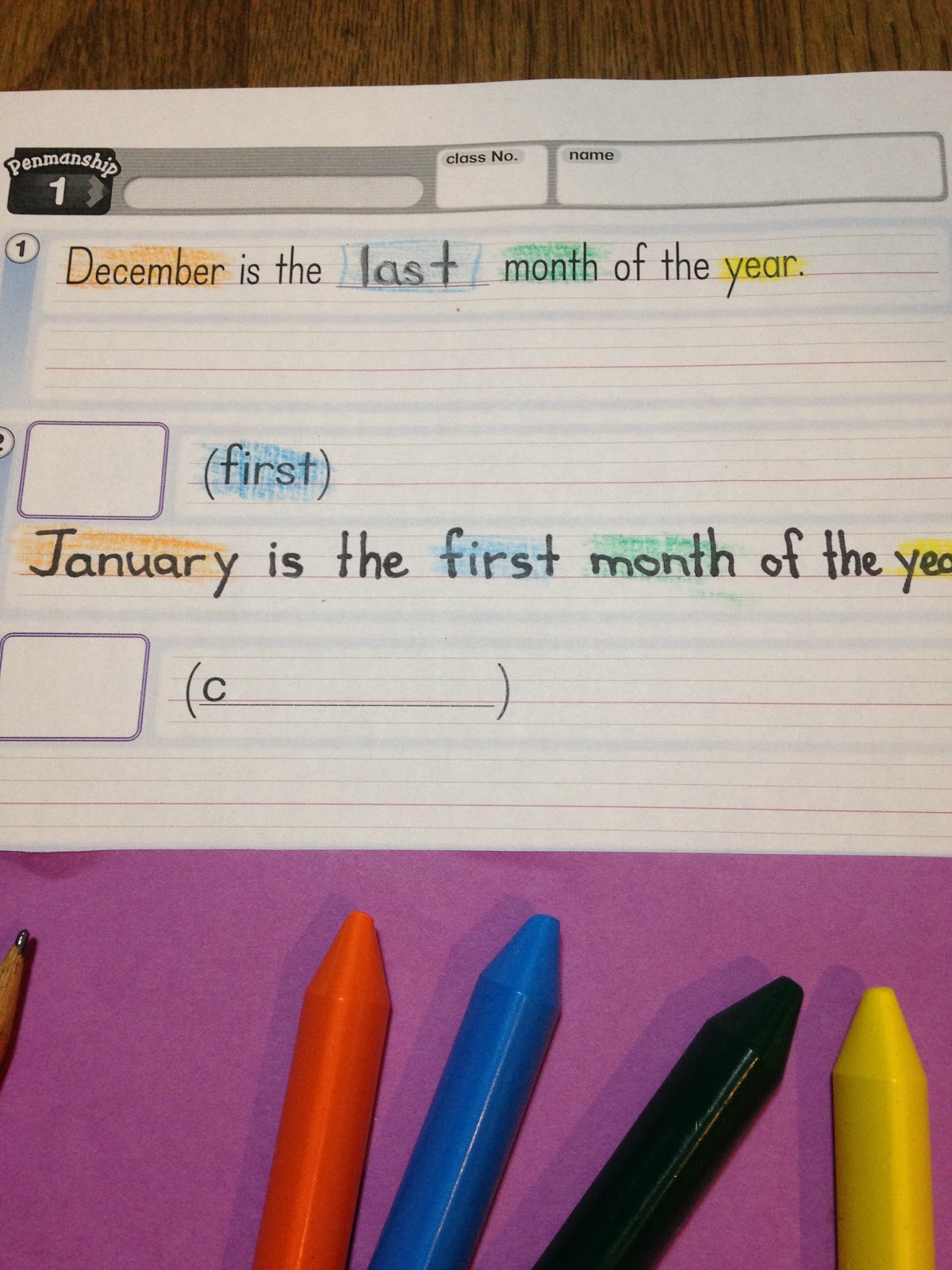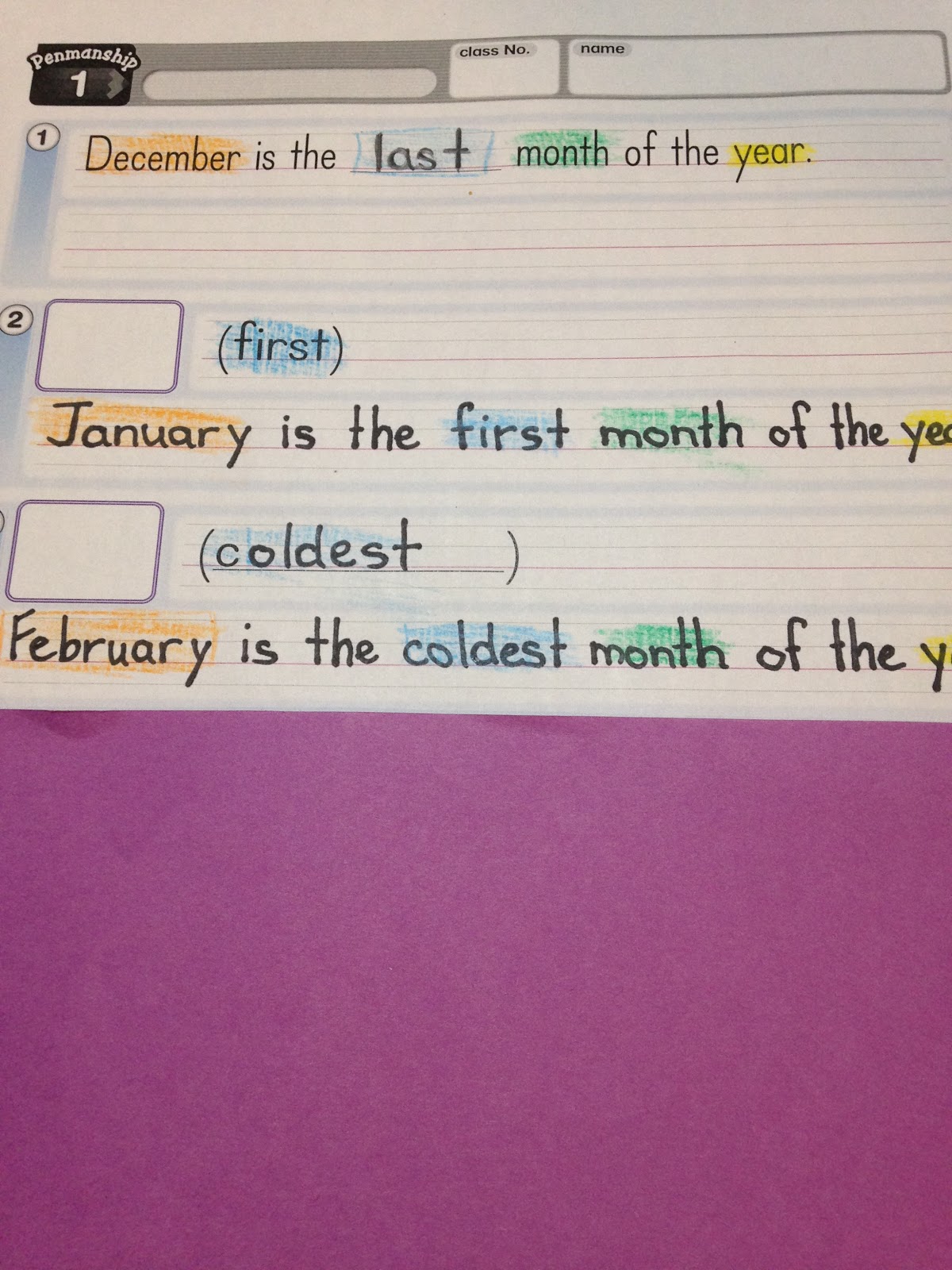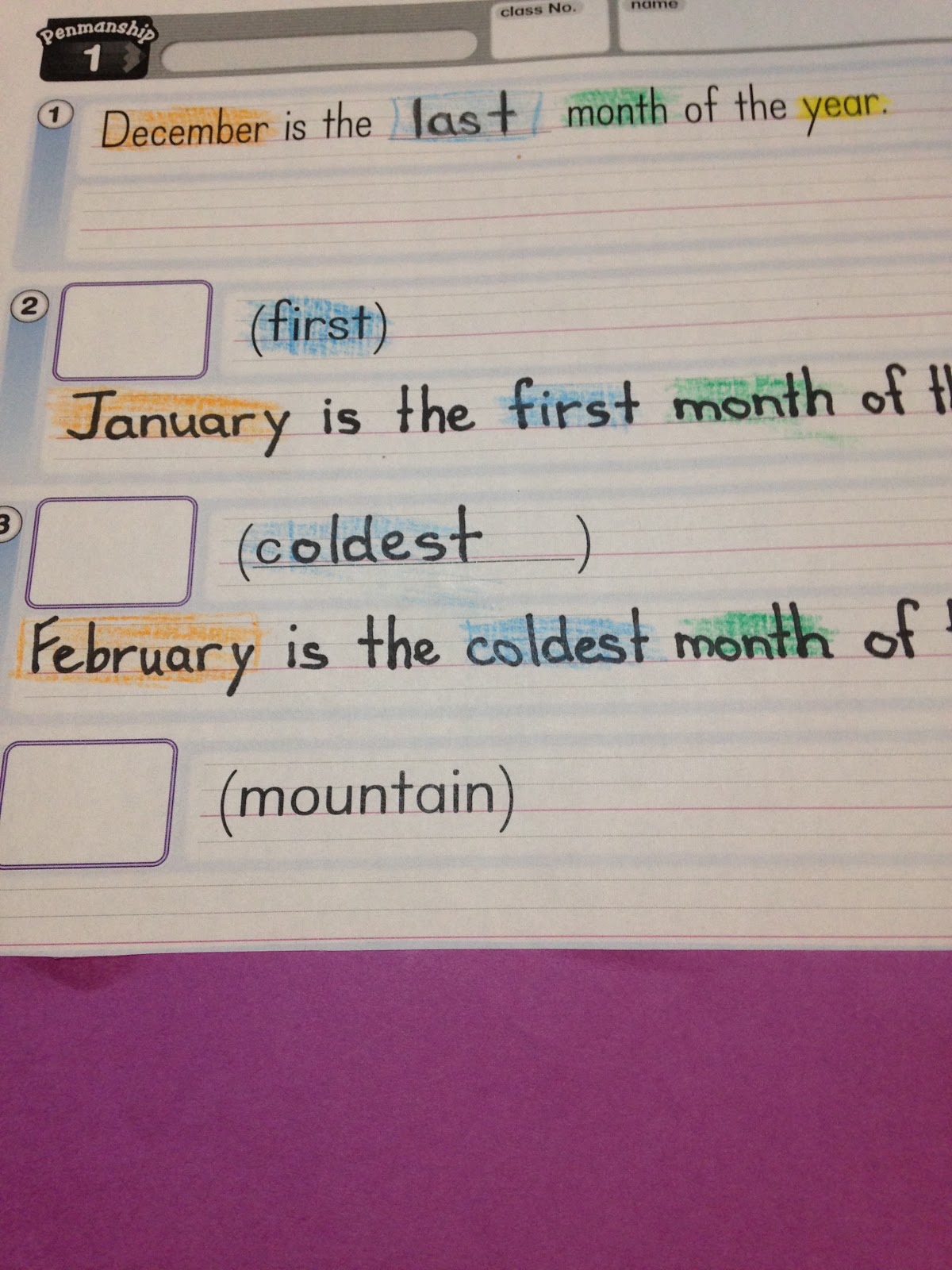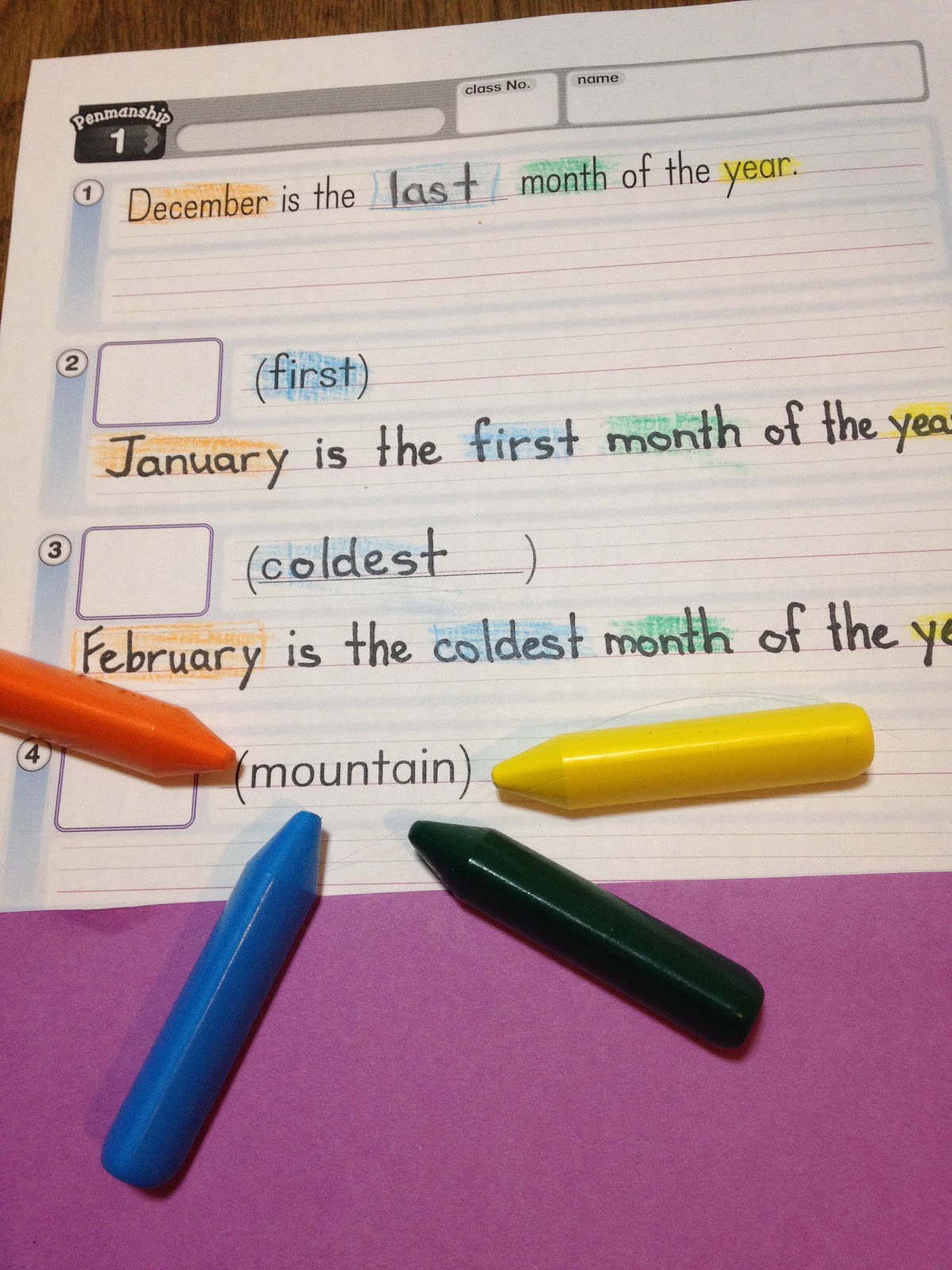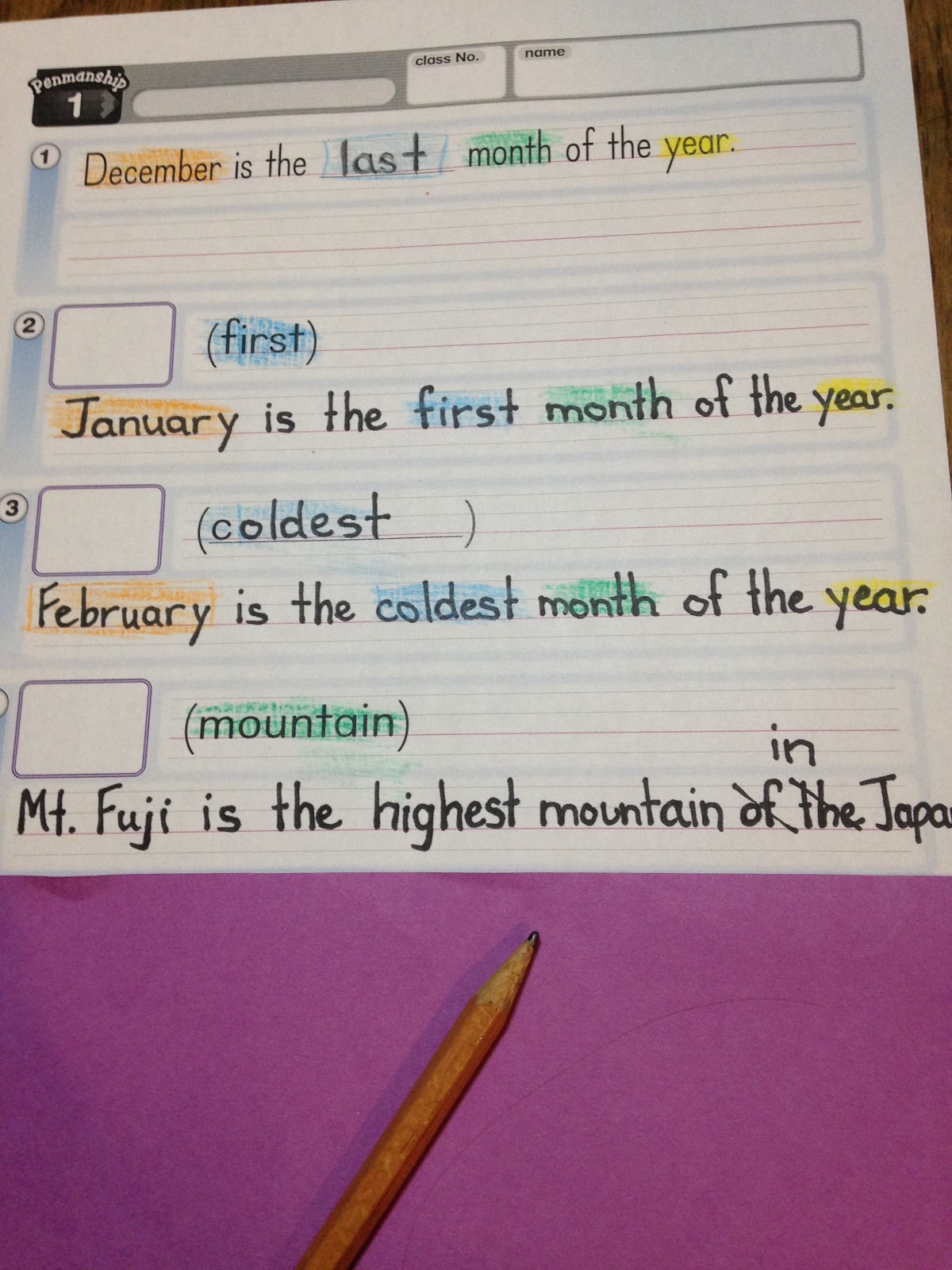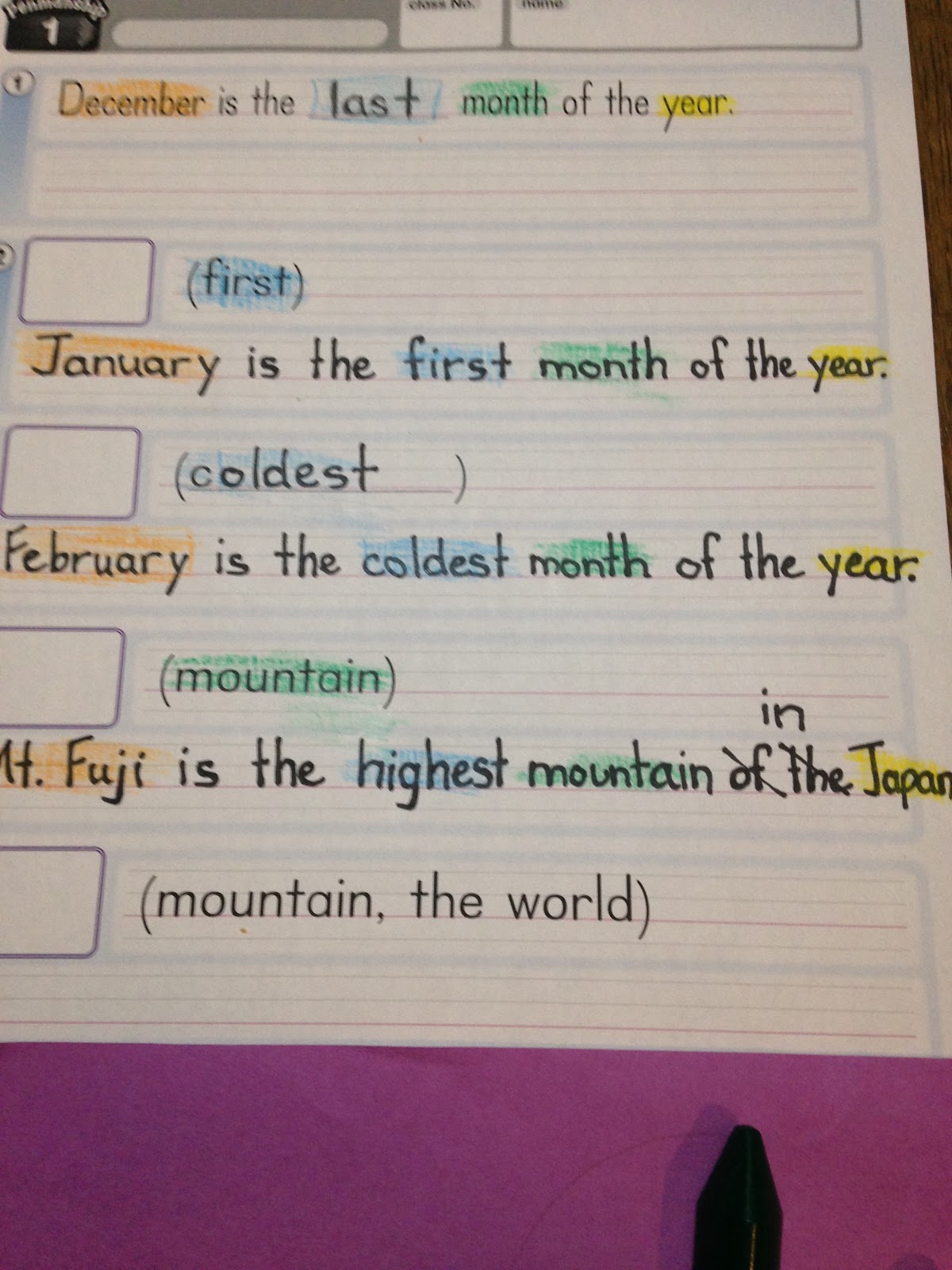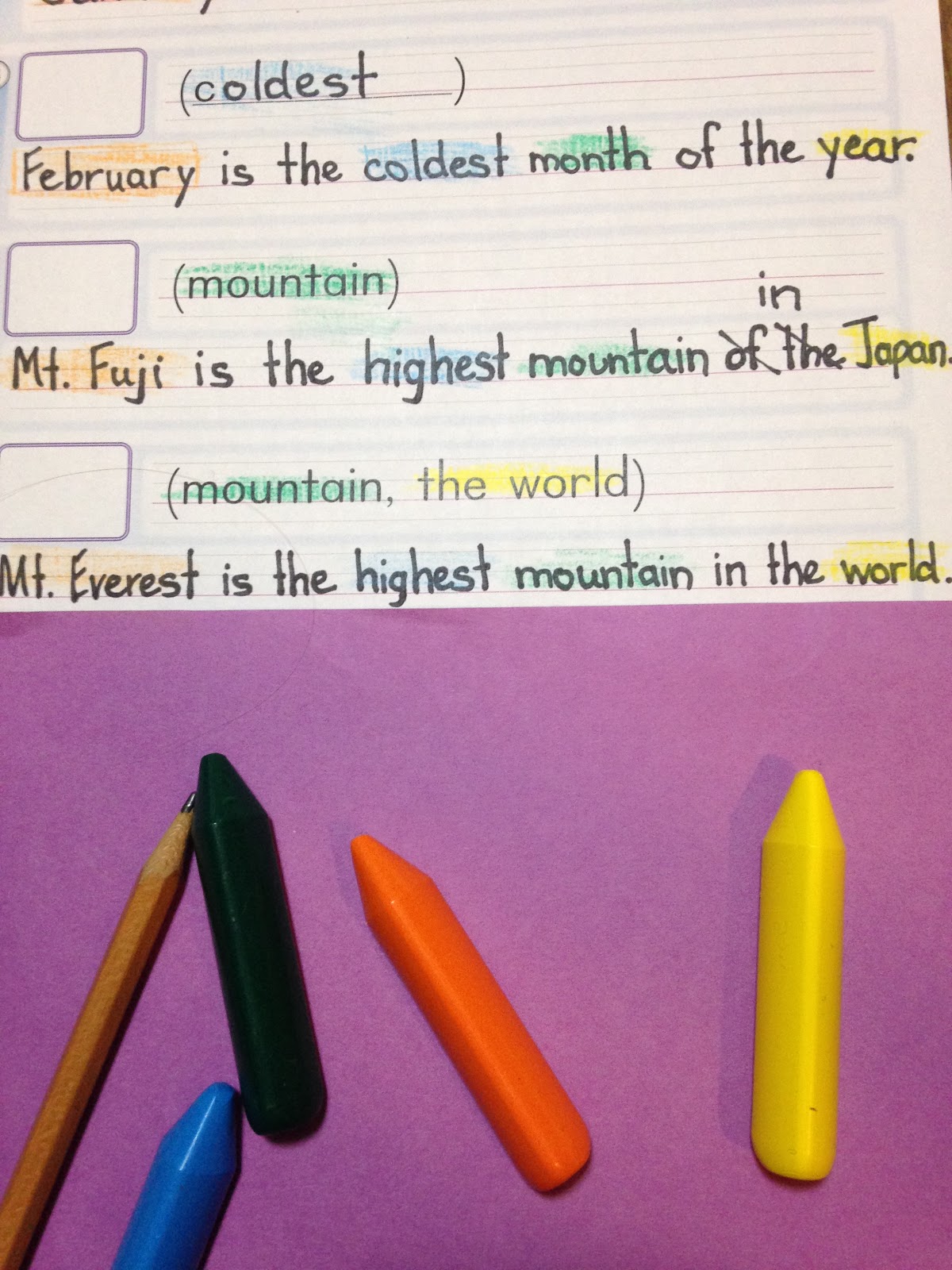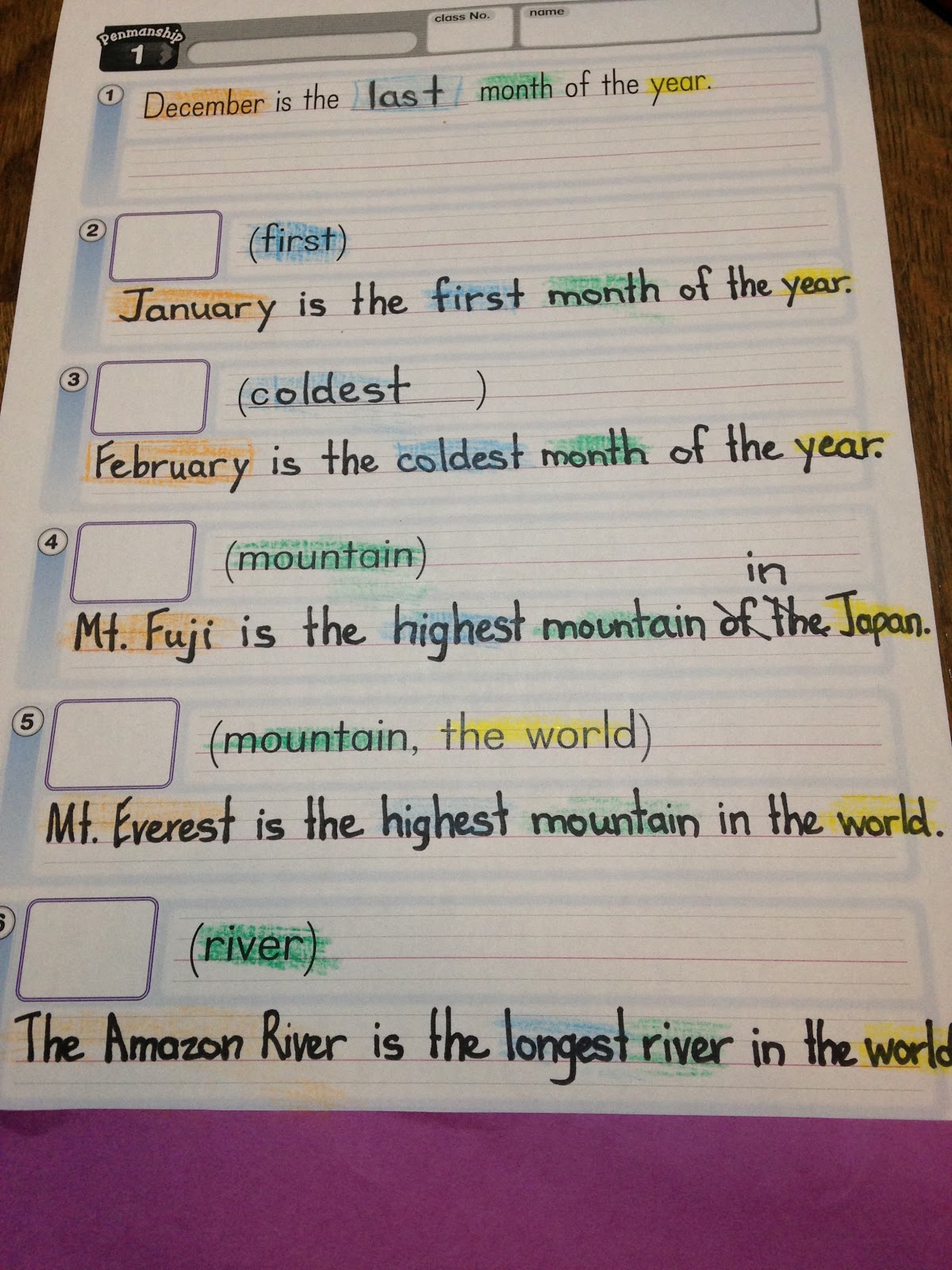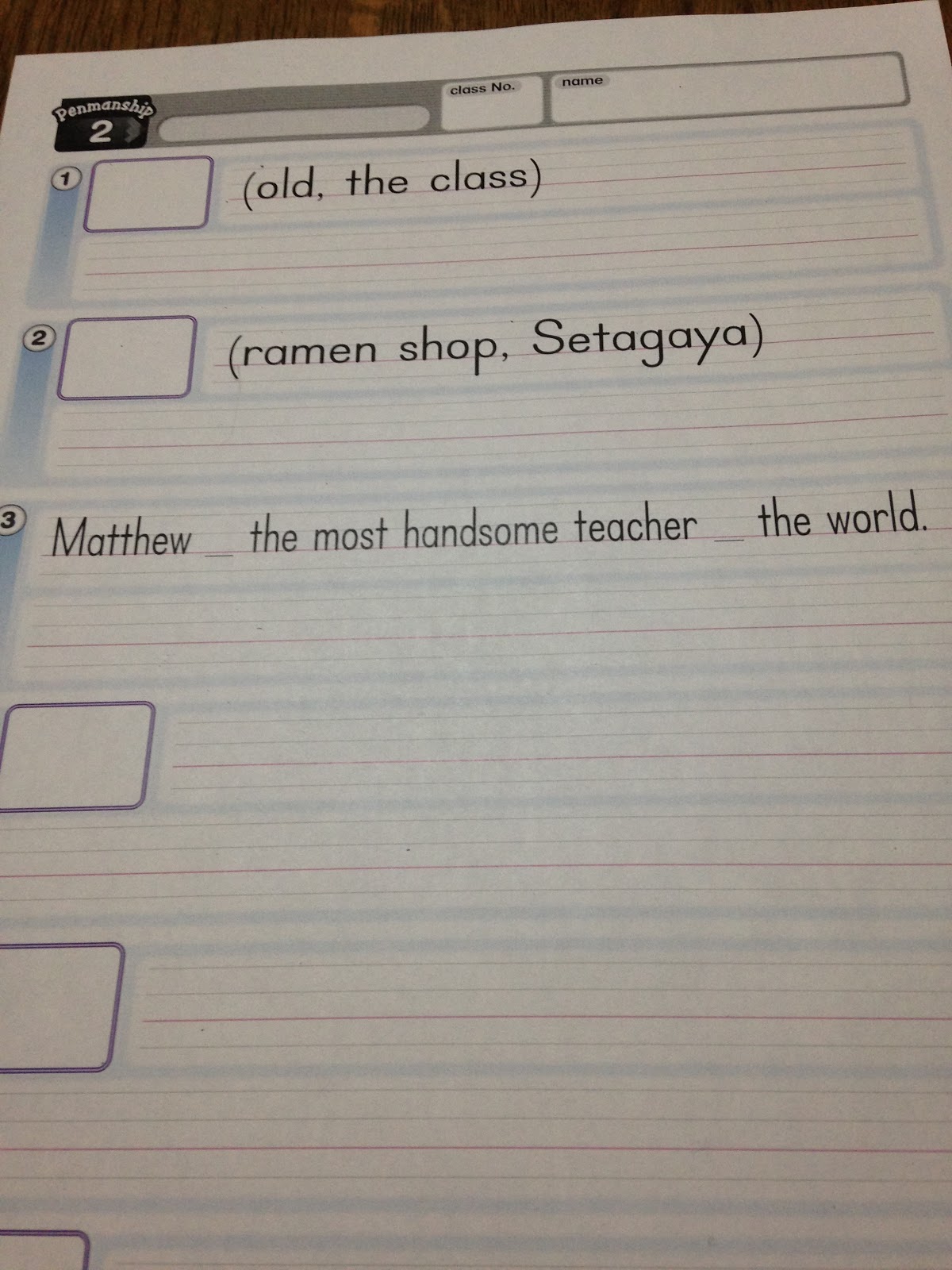

- 54. 10 Useful Pieces of Advice for Teaching with LEARNING WORLD #9 & 10
- 55. “Happy New Year!” “I don’t say that.”
- 53. Halloween 2019
- 52. READY Workbook Pg. 17
- 51. English-Uplift 1-Day Seminars
- 50. READY Workbook - vocabulary copying activity
- 49. 10 Useful Pieces of Advice for Teaching with LEARNING WORLD #8
- 48. 10 Useful Pieces of Advice for Teaching with LEARNING WORLD #7
- 47. 10 Useful Pieces of Advice for Teaching with LEARNING WORLD #6
- 46. 10 Useful Pieces of Advice for Teaching with LEARNING WORLD #5
- 45. 10 Useful Pieces of Advice for Teaching with LEARNING WORLD #4
- 44. 10 Useful Pieces of Advice for Teaching with LEARNING WORLD #3
- Kindergarten aged students
- Lower Elementary-school aged students
- Upper Elementary-school aged students
- Junior High and older students
- Others
14. How to use a worksheet one line...
The new year has well and truly started. I imagine we are all back teaching at page 1 of each of Learning World’s textbooks, right? I hope the Learning World Workshops in March proved valuable to you as you and your students begin the new year!
Here is a very uninteresting-looking worksheet that I created just before the Spring break. It was designed for students on LW Book 3.
Although uninteresting-looking, this worksheet in fact became quite effective for:
- inputting new vocabulary related to adjectives (hot → the hottest, small → the smallest, beautiful → the most beautiful etc.)
- having students create their own sentences based on this vocabulary.
As the worksheet doesn’t appear to make much sense, it’s better to present it to students revealing one line at a time. Use construction paper. Present the top line first:
Encourage students to generate possible answers.
My students initially suggested “Christmas”.
After I reminded them that there are 12 months in the year, they suggested “last”.
Have students write “last”.
Have students color “December”, “last”, “month” and “year” using 4 different colors.
My students chose orange, blue, green and yellow:
Have students reveal the next line:
Have students color this word.
After some discussion, my students agreed that if “last” was blue, then “first” was probably blue too.
Have students read aloud “December is the last month of the year”. Students will soon produce “January is the first month of the year”.
Have them write it:
Have students color this English too.
Have students to reveal the next line:
There is understandable confusion when “c______” is revealed.
Hint to your students that this word is blue.
My students immediately guessed “cold”, and straight away wrote “February is the cold month of the year”.
With the students themselves suggesting “February”, inputting the concept of “coldest” becomes simple.
Now it’s time to apply this concept to other adjectives…
Have students reveal the next line:
“February is the coldest month of the year”, so your students will have understandable confusion about what to do with the word “mountain”.
Ask your students to color it.
A little thought and discussion among themselves will have them agree that the word “mountain” is not comfortable at the start of the sentence, so cannot be orange; nor is it good at the end, so cannot be yellow; nor is it an adjective, so cannot be blue. It can really only be green.
With “mountain” green, your students will soon suggest ”Mt. Fuji” as orange. With “Mt. Fuji” orange, they will soon suggest “Japan” as yellow. Now they need an adjective for blue English. Input “high” if needed, and have students apply “highest”.
Once this English is colored, students can reveal the next line:
With the words “mountain” and “the world” revealed, your students will soon produce “Mt. Everest is the highest mountain in the world”.
The next line reveals the word “river”.
Now, before this point, each answer was largely decided. From here students can exercise more freedom of expression.
My students chose “The Amazon River” as orange English, and as a result the blue English became “longest” and the yellow English became “the world”. However if the students choose “Japan” as the yellow English, then the orange English becomes “Shinanogawa”. Alternatively, a change to the blue English will create different orange and yellow English. Perhaps a quiz with your students can become a good reason to input new adjectives:
“Ayasegawa (Tokyo) is the _______________ river in Japan” (dirtiest)
“Amedakegawa (Hokkaido) is the ____________ river in Japan” (cleanest/ most beautiful)
[⇒Source: http://matome.naver.jp/odai/2134598023082342201]
“Tazawako is the ___________ lake in Japan” (deepest)
[⇒Source: http://www.tabi2ikitai.com/geography/j0102a/a01006.html]
For homework, I gave the following worksheet to my students:
You can imagine how disappointed they were to discover that they weren’t able to choose any of the colored English for #3!! They quickly learned however that the word “not” goes very nicely after the word “is”!












